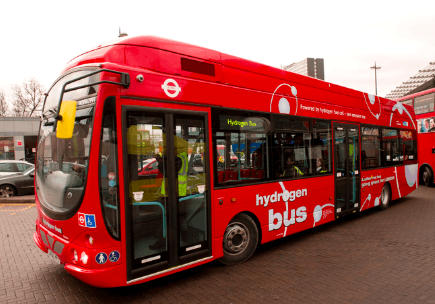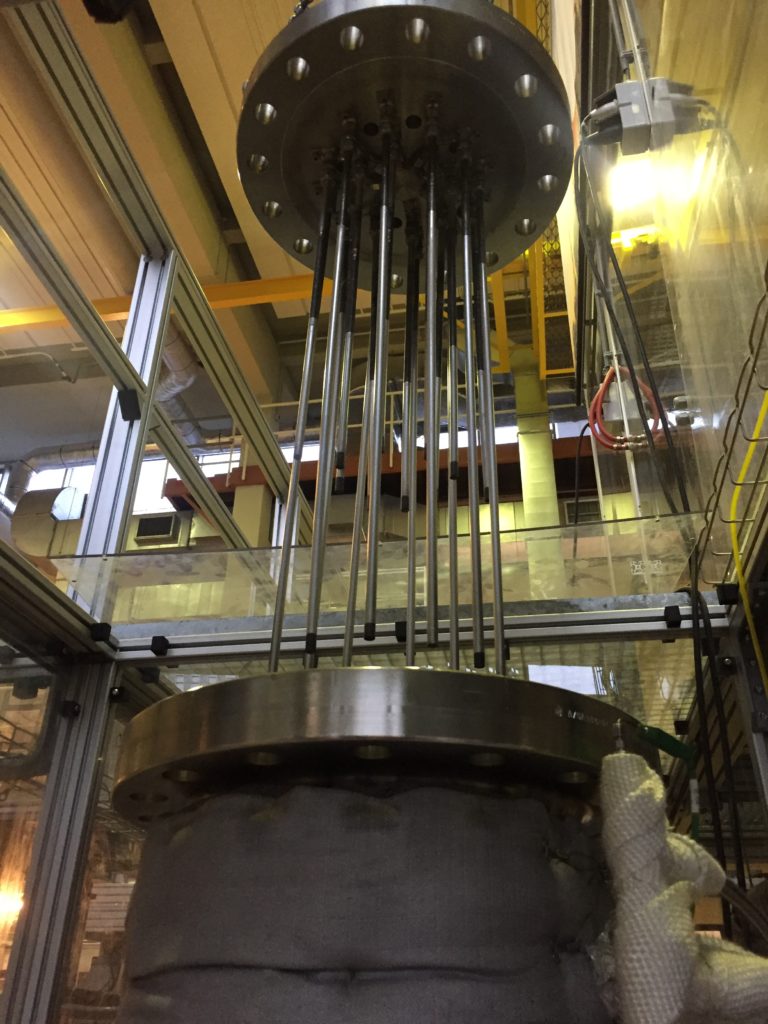
A major consortium led by UK-based ITM Power, which claims the world’s largest electrolyser facility, with 1GW per annum manufacturing capacity in Sheffield, England, has signed a memorandum of understanding to test and demonstrate the viability of hydrogen fuel-cell electric buses in Australia’s public transport networks.
Dubbed the H2OzBus Project, it intends to initially deploy 100 hydrogen fuel-cell electric buses across up to 10 city hubs in Australia where interest and demand for fuel-cell buses has already been expressed.
Transport New South Wales, for example, is one state jurisdiction looking to transition its entire bus fleet to zero-emissions electric power in coming years and has invited expressions of interest from technology providers.
Vesna Olles, Director for Strategy and Business Development at BOC, a consortium member with groundbreaking Australian projects to its name, told pv magazine,“NSW is targeting 8,000 of its buses coming off diesel, so we hope to be able to be bold and consider how big this project could become.”
Olles said she was on a phone call today during which subject matter experts had been nominated from each of the five consortium members — Transit Systems (a subsidiary of Australia’s SeaLink Travel Group transport service provider); Canadian-headquartered fuel-cell manufacturer, Ballard Power Systems; infrastructure manager Palisade Investment Partners; BOC a supplier of compressed and bulk gases, chemicals and equipment in the South Pacific region; and ITM Power.
“H2OzBus is an exciting project which builds on the international partnerships that have been developed in recent years by ITM Power in the fuel-cell electric bus markets across the UK and France,” said Dr Neil Thompson, Managing Director of ITM Power commenting on how the company’s Proton Exchange Membrane (PEM) electrolysers using renewable energy and tap water to generate hydrogen, have found a market in Europe.
In the Australian context, Olles says, many different scenarios could play out in terms of infrastructure positioning, and technologies used, and “now that we’ve signed the MOU and some confidentiality terms, it allows us to share some workings with each other so we can put together a concept paper of what Phase 1 will look like.”
From brown and blue, to green hydrogen sources
Although the consortium’s long-term strategy is to provide hydrogen from renewable power sources, BOC already produces hydrogen in Australia via brown (coal) and blue (steam methane reforming) pathways, and these are likely to be the source of hydrogen to kickstart the H2OzBus proof-of-concept project.
However the consortium’s green intentions are underscored by the fact that it plans to seek funding support from the Australian Renewable Energy Agency under its remit to accelerate hydrogen projects that will contribute to decarbonising industry.
Further funds will be raised by Palisade Investment Partners, which will also provide strategic financial oversight of the project.
Palisade is known for managing renewable generation and transportation assets, such as Ross River Solar Farm and Snowtown 2 Wind Farm; and Gold Coast Rapid Transit, and Darwin, Alice Springs and Sunshine Coast airports. It provides institutional investors with access to such Australian infrastructure projects via tailored portfolios and co-mingled funds.
“Palisade believes green hydrogen will play an important role in the further decarbonisation of our economy,” said Palisade Managing Director and CEO Roger Lloyd.
Designing for infrastructure and efficiency
In Phase 1, the consortium will focus on the logistics of enabling fleets of hydrogen fuel-cell electric buses on designated public transport routes.
ITM Power and BOC will provide expertise on hydrogen production and refuelling infrastructure, while Ballard Power Systems is set to supply the fuel-cell system that will be integrated into the public-transport vehicles supplied by bus manufacturers.
Olles told pv magazine that the group will also explore the potential for technology startups in Australia to provide the fuel-cell technology; and the possibility of Ballard manufacturing fuel cells in Australia.
Ballard Power Systems President and CEO, Randy MacEwen said from Vancouver that the project will “provide bus operators with an alternative electric bus option with no compromise on performance and operation.”
He added that, “Use cases requiring extended range, air conditioning and rapid refuelling are an ideal fit for our fuel-cell systems, which have been proven through more than 30 million kilometres of on-road experience to date.”
Ballard is pleased to sign MOU with strategic partners @boconline, @ITMPowerPlc & Transit Systems Australia for #H2OzBus Project investigating #zeroemissions #fuelcell buses for Australia #zeroemissions https://t.co/8NFnvOdNbD @STG_AUD @Lindeplc #hydrogen #cleantech pic.twitter.com/uMLos5zDNq
— Ballard Power (@BallardPwr) May 22, 2020
Keeping the fleet on schedule
Once in service, the 100 trial buses will be maintained and operated by Transit Systems.
CEO of Transit Systems’ parent company SeaLink Travel Group, Clint Feuerherdt, said taking part in the project allows Transit Systems to showcase its extensive network and capabilities.
Australia’s largest integrated land and marine, tourism and public transport service provider, SeaLink is known for its mainland-to-island ferry services, cruising and land-based tours, and resorts. It acquired Transit Systems, with its metropolitan bus operations in Australia, London and Singapore in January this year.
Feuerherdt said the company’s participation in H2OzBus is about ensuring “that our solutions continue to set the benchmark for what is possible”, which could serve as the project slogan.
Olles adds green fuel to this notion, saying, “For BOC this is a proof of concept for hydrogen mobility in Australia.”
She says it will provide a foundation for what the country’s hydrogen future looks like, “not just for mobility but for other end uses such as power generation and as a fuel source for major industries such as steel refining.”
Although value adding to Australia’s iron ore resources may be a way down the track, Olles says that as a demonstration project H2OzBus holds promise for “contributing to the goal of zero emissions” — a bus the majority of Australians are eager to board.
This article originally appeared on pv-magazine-australia.com and has been republished with permission by pv magazine (www.pv-magazine.com and www.pv-magazine-australia.com.)



